We all have a new brand we've got our eye on, and we think we've hit the jackpot with this one. We Go Home is an action-packed supplement company founded by Trung Nguyen, an extraordinarily talented US Army Ranger who deployed twice to Iraq and worked as a SWAT officer in the Chicago Police Department.
With We Go Home, Trung has created a platform highlighting first responders and military, dedicating itself to giving our people in uniform the tools they ultimately need to... come home.
And now it's time for some high-energy upgrades:
No Sacrifice No Victory: A Military-Grade Pre-Workout that's PUMPED
Today, we're focusing on We Go Home's newest iteration of their pre-workout supplement, No Sacrifice No Victory (NSNV for short). Coming in both a stimulant and a stim-free version, NSNV 2.0 is an action-packed formula built with some of the strongest ingredients on the market, especially in terms of massive blood-rushing pumps.
It is military-grade, after all.
Llamacorn, Spicy MangoNada, and Tigers Blood
Along with the updated formula, we're getting three new unique flavors: Llamacorn, Spicy MangoNada, and Tigers Blood. The non-stim version of NSNV 2.0 is coming in Llamacorn, whereas the latter two will be available in the stim version.
We're going to dive into the nitty-gritty of how We Go Home NSNV 2.0 works, but first, let's check the PricePlow for good We Go Home deals, and check out our video review of the new formula:
We Go Home No Sacrifice No Victory Pre-Workout – Deals and Price Drop Alerts
Get Price Alerts
No spam, no scams.
Disclosure: PricePlow relies on pricing from stores with which we have a business relationship. We work hard to keep pricing current, but you may find a better offer.
Posts are sponsored in part by the retailers and/or brands listed on this page.
We Go Home NSNV 2.0 – How It Works
Each 28.8g scoop of NSNV 2.0 contains the following ingredients (note that the non-stim version contain all of the same ingredients minus the caffeine and theobromine):
Blood Flow & Pumps
-
L-Citrulline - 7000mg
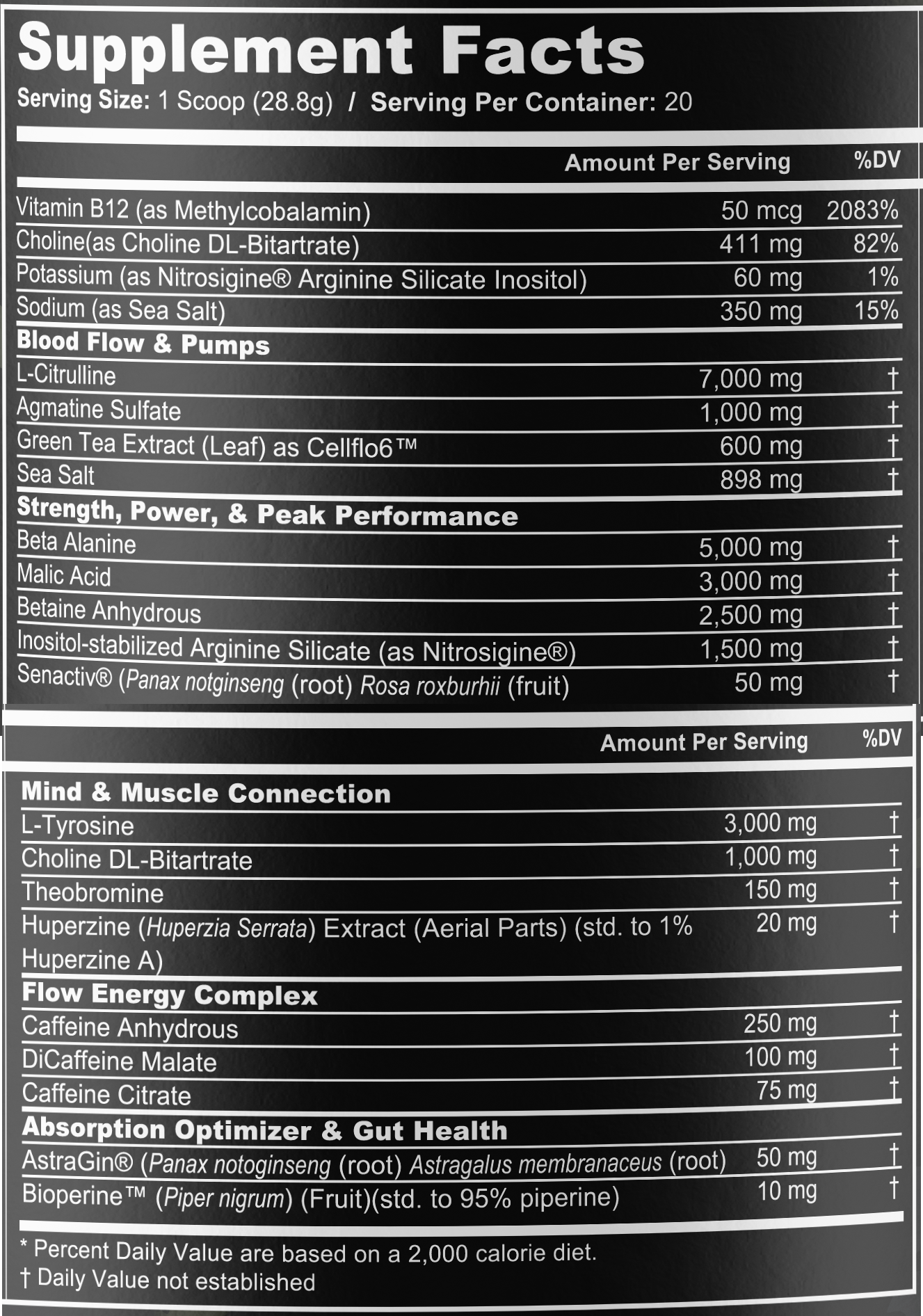
The We Go Home No Sacrifice No Victory 2.0 Ingredients -- Remove the caffeine and theobromine if you have the stim-free version!
In the past, arginine was widely considered the go-to nitric oxide (NO) precursor in the supplement industry. However, in recent years, citrulline has taken its place due to its superior bioavailability.[1] While arginine gets broken down by the intestines too quickly,[2-6] citrulline does not suffer this fate.
Citrulline converts to arginine later on post-ingestion, then the arginine converts to nitric oxide.[7] That NO boost reduces arterial stiffness[8] and causes blood vessels to vasodilate, which increases blood flow[1,9] (and provides that epic "muscle pump" we're chasing).
Beyond the pumps, this blood flow brings nutrition to the muscles, and citrulline has been shown to provide:
Better blood flow also brings more nutrients, and going beyond incredible pumps, the citrulline-driven vasodilation effect has been shown to provide other downstream benefits:[10-15]
- Improved ATP production
- Greater work output
- Elevated high-intensity exercise performance
- Better recovery
- Increased oxygen uptake
- Greater growth hormone (GH) release
Nitric Oxide Synergy with the arginine in Nitrosigine below
This is a great dose and we're off to an amazing start, but what's even greater is that we're not even remotely done with nitric oxide. We still have full clinical doses of CellFlo6 and Nitrosigine (inositol stabilized arginine silicate - a better form of arginine), and we've seen arginine and citrulline actually complement each other synergistically![16-18] Why? Because citrulline is also an arginase inhibitor,[16-19] which means it prevents the breakdown of arginine, especially the extra arginine ingested.
The Arginine Citrulline Cycle with a breakout showing the arginine-to-nitric oxide reaction. Image courtesy Wikimedia with added biochemistry sources.[20,21]
What this means is that We Go Home is providing us with a triple-whammy of nitric oxide boosting support for incredible blood flow and pumps.
-
Agmatine Sulfate - 1000mg
Agmatine sulfate helps boost nitric oxide levels by preventing the breakdown of arginine via the inhibition of the arginase enzyme,[22] which is responsible for its degradation. Preclinical studies have shown that agmatine also directly influences NO production by upregulating endothelial nitric oxide synthase,[23,24] the enzyme responsible for generating NO in the arteries.
An effective neuromodulator
Apart from its role in NO production, agmatine sulfate has mood-boosting effects due to its neurotransmitter-like action in the central nervous system.[26] In fact, agmatine may actually be more influential when it comes to cognition:
Once ingested, it binds to multiple receptors within the brain, triggering a number of interactions involving neurotransmitters.[27] Because it's capable of stimulating multiple neural receptors, research suggests that agmatine can help alleviate symptoms of stress and anxiety.[28] This slightly euphoric environment can help elevate your cognition while training, allowing you to get zoned in and feeling good during your training session!
Plays a hormonal role, too!
Agmatine also interacts with your hormones. A study from 1995 found that agmatine stimulated luteinizing hormone (LH) release in mice, which ultimately helped boost testosterone levels.[29] Having a bit more testosterone floating around is definitely a good thing, as anyone reading this knows - it puts you in a higher anabolic state, ready to train hard and pack on lean muscle.
-
CellFlo6 - 600mg
CellFlo6 is a combination of six different green tea leaf extracts designed to induce vasodilation through a pathway different from Nitrosigine. Research shows that its components can significantly increase nitric oxide (NO) levels by interacting with nitric oxide synthase, promoting relaxation of endothelial cells in blood vessels and improving blood flow, which may enhance muscle pumps.[30,31]
Moreover, it may also benefit liver health by reducing fat in liver tissue, as evidenced by a study showing significantly lower liver enzymes in individuals taking 500 milligrams of green tea extract for three months.[32-37]
We often call green tea extract a "metabolic Swiss army knife" -- yet with CellFlo6, the constituents used are those that target inducing a nitric oxide boost.
-
Sea Salt (39% yielding 350mg) (898mg)
Sodium is an essential electrolyte mineral necessary for proper muscle function, peak performance, and recovery.[38,39] We Go Home goes big with 898 milligrams of sea salt, yielding 350 milligrams of sodium.
While sodium still sometimes receives negative attention, it plays a vital role in maintaining optimal muscle function and overall athletic performance and should not be excessively restricted in the diet. Athletes need to understand its critical importance in health and performance.[39]
Strength, Power, & Peak Performance
-
Beta Alanine - 5000mg
Beta-alanine has a rich history as an endurance aid and has been a staple in the nutritional supplement industry from its early days. We Go Home has decided to go big with an extra kick - normally we see 3.2 grams, but here we have 5! We'll explain how this can help even more, but first let's get into what beta alanine does:
When beta-alanine combines with L-histidine, it forms carnosine, a dipeptide molecule abundantly present in muscle tissue. Carnosine plays a vital role in muscles as a proton buffer, assisting in the removal of acids like lactic acid, a waste product that leads to muscular fatigue when it accumulates.[40]
For over a decade, we've known how successful this strategy is: Two separate meta-analyses (one in 2012[41] and another in 2016[42]) have supported beta alanine's use in numerous athletic endeavors, covering 40 studies with over 1400 participants and 70 different exercises. The most recent conclusion is that beta alanine can support an increase overall exercise capacity in exercises ranging from 30 seconds to 10 minutes.[42]
A 5 gram dose!
Early mouse studies showed that oral beta alanine supplementation increased muscle carnosine content.[43] Subsequent human research showed that this increases endurance
So why the extra dose?! Aside from the increased experience (discussed below), we need to realize that our goal is to get to carnosine saturation faster. An early study in 2006 showed that a "double" dose of beta alanine (6.4 grams per day) led to greater carnosine over the course of four weeks.[43] There are also at least three studies using this dose showing incredible results,[44-46] and another demonstrating improved inflammation markers in elite athletes.[47]
While we don't have 6.4 grams here and won't/shouldn't quote the exact gains from those studies, the point is, more beta alanine leads to more carnosine, and more carnosine leads to more endurance.
Those tingles...
Some may ask about the tingling sensation that you get when taking beta alanine. This is known as paresthesia[48] but an in-depth safety analysis showed the ingredient to be very safe and non-toxic.[49] Clearly this is a sensation that Trung enjoys -- we often use it as our alert that it's time to get moving.
-
Malic Acid - 3000mg
Malic acid is required for the Krebs cycle, which is an extremely important element of your body's cellular energy production.[50] Combined with citrulline, the duo do a fantastic job at improving aerobic efficiency,[51] and making sure you have the energy you need on tap.
In a way, we can actually consider this formula to be better than 10 grams of 2:1 citrulline malate (since we have 10 grams total, but it's 7 grams of citrulline and 3 grams of malic acid).
Many companies won't put malic acid into the active ingredients, often stuffing it into the "other ingredients" area. It's used for flavor and tartness, after all. However, we do like how it supports the Krebs cycle, and there have been many studies demonstrating citrulline malate's efficacy at even lower doses than this[52] (and all of the "citrulline malate" on the market is really just citrulline and malic acid like we have here anyway).
Long story short, there's a lot of support for including malic acid with your citrulline, so you might as well label it as an active ingredient and tell us the dose!
-
Betaine Anhydrous - 2500mg
A landmark 2013 study showed that 2.5 grams of betaine every day can have profound effects on body mass and strength[53,54]
Betaine (in this formula betaine anhydrous), also known as trimethylglycine (TMG), is an ergogenic aid with distinct mechanisms from beta-alanine. One of its vital mechanisms of action is increasing adenosine triphosphate (ATP) production and improving mitochondrial respiration, contributing to enhanced cellular function and improved athletic and cognitive performance[55].
Acting as a potent methyl donor, betaine carries methyl groups (CH3) to locations within the body for cellular-metabolic processes, making it one of the most powerful methyl donors identified.[56,57] Betaine supplementation has been shown to decrease homocysteine levels, which is crucial for cardiovascular health, as high homocysteine levels can increase the risk of cardiovascular disease.[58,59]
Betaine also functions as an osmolyte, influencing biological fluids by manipulating osmotic pressure around cells, leading to cellular hyperhydration. This hyperhydration enhances performance by facilitating cellular access to nutrients[60,61] and increasing cell resistance to heat stress.[62]
So what does this all mean? Better performance and gains:
Betaine's support in performance and body composition
Over the years, several performance-based research studies have been performed with this 2.5 gram dose of betaine, showing benefits in terms of power, time-to-exhaustion, sprint performance, and related biomarkers.[63-66]
Then in 2013, a research team showed that body composition can significantly improve as well -- with more muscle gained and fat lost at the same time thanks to betaine compared to placebo![53,54]
That same research team then showed improved fat loss in women specifically![67] This was also backed up by a solid meta-analysis on six studies showing that betaine consistently reduces fat mass.[68]
Long story short, betaine is an incredible ergogenic aid, and we're happy to see it in any pre-workout supplement.
-
Nitrosigine - 1500mg
Nitrosigine stands as one of the most advanced and effective nitric oxide-promoting ingredients available in the nutritional supplement market today. It is a patented blend of arginine combined with inositol and silica, commonly referred to as inositol-stabilized arginine silicate (ASI) on supplement labels.[69]
When compared to other nitric oxide-promoting ingredients like L-arginine, in-vitro research has demonstrated that Nitrosigine (ASI) can deliver a more significant boost in nitric oxide (NO).[70] Like the citrulline it's partnered with, Nitrosigine works as an arginase inhibitor, helping to keep the breakdown of arginine at bay.[71]
1500 milligrams is the dose that's been used in human clinical trials. In terms of blood flow, one study found that this dose increased flow-mediated dilation in the arteries by an incredible 31%.[72] It took 8 grams of citrulline malate to get roughly the same effect... and we basically have more than that in No Sacrifice No Victory too!
But Nitrosigine's blood flow isn't just to the muscles -- it's to the brain:
Nitrosigine's cognitive support
A new study published in late 2021 showed that Nutrition21's Nitrosigine improves working memory and cognitive function in healthy young adults[73]
First, researchers found that Nitrosigine prevented the cognitive decline that occurs after hard training.[74,75] We don't need to tell you how important this is for We Go Home's user base -- there is absolutely no room for "cognitive slippage" at any point of a busy day in the field.
Even better, the research showed that cognitive benefits may begin as quickly as 15 minutes after ingestion![74]
Additional research has shown improvements with multitasking,[76] and another found improved short-term memory performance.[73]
Put alongside citrulline, agmatine, and VASO6, it's obvious that We Go Home is serious about pumps and blood flow.
-
Senactiv (50mg)
Senactiv is an ingredient made by NuLiv Science that functions as a senolytic,[77] a type of compound that promotes the replacement of deteriorating cells.[78] This allows for new cell generation, benefiting overall health and muscle growth, particularly in skeletal muscle cells. Research on the ginsenosides within Senactiv demonstrated reduced inflammation and enhanced glycogen replenishment in muscle tissue compared to placebo.[79]
Combining Senactiv with AstraGin, another ingredient by NuLiv Science, results in a synergistic effect, further enhancing their individual benefits. The combination of these ingredients has gained support for its potential to improve overall performance, including endurance, muscle regeneration, and energy production.[78-84]
Mind & Muscle Connection
-
L-Tyrosine - 3000mg
L-Tyrosine, an amino acid, serves as a valuable tool for managing the stress associated with training and body recomposition. And here we have a high, above-average dose of 3 grams to pair with the nootropic benefits of Nitrosigine, caffeine (if using the stim version), and choline inside!
Tyrosine acts as a precursor to catecholamine neurotransmitters, such as dopamine, adrenaline, and noradrenaline,[85-87] which play vital roles in focus, motivation, energy regulation, and even appetite suppression.[88]
Additionally, L-Tyrosine plays a crucial role in thyroid hormone synthesis as a precursor to triiodothyronine (T3) and thyroxine (T4), supporting optimal thyroid function and preventing downregulation due to the stress of exercise.[89-92] This is particularly beneficial for individuals on calorie-restricted diets, as dieting has also been shown to impact thyroid function negatively[93].
Furthermore, L-tyrosine has demonstrated effectiveness in restoring cognitive function in sleep-deprived individuals, making it a useful tool for countering the effects of sleep deprivation.[94,95] We Go Home users will be proud to know that much of that knowledge was obtained from research experiments on members of the US armed forces.
-
Choline DL-Bitartrate - 1000mg
Choline plays a crucial role in building and maintaining cellular membranes, which are essential for cellular health and optimal function by enclosing the contents of cells and regulating nutrient entry while blocking toxins and pathogens.[96] Additionally, choline serves as a precursor to the neurotransmitter acetylcholine, known as the "learning neurotransmitter" crucial for memory consolidation and the conversion of short-term memories into long-term memories.[97]
Choline's relevance in fat-burning supplements stems from its role in metabolizing fat and promoting carnitine retention, which aids in fat metabolism.[60,61,98-102]
Another solid dose here, to pair with that large dose of tyrosine.
-
Theobromine (150mg)
Taken from a patent application, this is actually about its antitussive effect, but shows that theobromine certainly lasts a while.
Theobromine is a methylxanthine alkaloid similar to caffeine, and it exerts stimulant, vasodilatory, and bronchodilatory effects. Like caffeine, theobromine inhibits phosphodiesterase, leading to increased levels of cAMP and a higher metabolic rate. Compared to caffeine, theobromine has superior vasodilatory effects, and despite being a stimulant, it can actually lower blood pressure and heart rate.
It is sometimes combined with caffeine to counteract caffeine's hypertensive effect, providing the benefits of caffeine without as much cardiovascular risk. Theobromine achieves this by upregulating nitric oxide (NO) production, and due to its longer half-life compared to caffeine, it can help alleviate caffeine withdrawal symptoms as its effects gradually wear off.[103-110]
Note: Theobromine is not in the stimulant-free version.
-
Huperzine A 1% (20mg)
Huperzia serrata extracts are standardized for huperzine A, a bioactive compound that inhibits the enzyme acetylcholinesterase. By blocking this enzyme, huperzine A increases the levels of acetylcholine in the brain,[111,112] which is essential for learning, cognitive performance, and long-term potentiation. Moreover, huperzine A can protect brain mitochondria from oxidative stress[113] and promote the growth of new neurons in the hippocampus.[114]
Flow Energy Complex (~360mg total caffeine in stim version)
-
Take too much caffeine too late in the day? Then check out We Go Home's Zero Dark Thirty to help put you back down for the night
Caffeine, a widely used stimulant, not only boosts mental alertness but also increases the body's production of cellular energy. It inhibits the enzyme phosphodiesterase, leading to increased levels of cyclic adenosine monophosphate (cAMP),[115,116] which signals cells to produce more ATP, thus boosting cellular metabolism and calorie burning.[117]
- In addition to 250 milligrams of caffeine anhydrous, NSNV 2.0 contains 100 milligrams of di-caffeine malate (73% caffeine by weight), a combination of caffeine and malic acid. This combination results in a nice, more time-released caffeine experience, helping to take the edge off.
- As a cherry on top, NSNV contains 75 milligrams of caffeine citrate (50% caffeine by weight), which is anecdotally a faster acting form of caffeine.
This yields ~360 milligrams of total caffeine yield providing a great caffeine release spectrum.
Absorption Optimizer & Gut Health
-
AstraGin (50mg)
One of AstraGin's most popular use-cases is its ability to enhance citrulline absorption[25] - especially right when we'd want it: during our workout!
AstraGin, a popular bioavailability-boosting ingredient created by NuLiv Science, is a combination of bioactive astragalosides and ginsenosides extracted from Astragalus membranaceus and Panax notoginseng.[118-122]
It has been shown to enhance nutrient uptake and improve the bioavailability of other ingredients in the supplement's formula. Specifically, AstraGin enhances the absorption of citrulline during workouts, thereby amplifying the citrulline pumps.[25]
AstraGin works by upregulating mRNA and important transporters responsible for sodium-dependent glucose uptake control, proper glucose level maintenance, and amino acid shuttling. Additionally, AstraGin may improve gut function and permeability, potentially benefiting the absorption of various ingredients in No Sacrifice No Victory.
But not to be outdone, We Go Home added even more ingredient amplification:
-
Bioperine (10mg)
BioPerine is an extract derived from black pepper that undergoes standardization to ensure a consistent amount of an alkaloid known as piperine. Piperine, in turn, serves as a bioavailability enhancer, enhancing the absorption of various nutritional supplements when taken in combination with it.[123-126]
This means that piperine helps your body effectively absorb and utilize the nutrients present in the supplements. It achieves this by inhibiting digestive enzymes responsible for breaking down nutrients before they can be absorbed into the bloodstream through the intestines.[127]
Bioperine is the trusted, trademarked form of black pepper extract that promises 95% or greater piperine, the part of black pepper with all the activity!
Additionally, piperine has the ability to upregulate a protein known as glucose transporter 4 (GLUT4).[128] GLUT4 is involved in facilitating the disposal of glucose in the body.[129] By enhancing the function of GLUT4, piperine contributes to improved liver health and aids in combating oxidative stress.[130]
Additional Ingredients
-
B12 Methylcobalamin (0.05mg)
Methylcobalamin, a specific variant of vitamin B12, is the favored form of B12 that we utilize.[131] Functioning as a methyl donor, it plays a crucial role in supporting metabolic processes that rely on methylation. Moreover, methylcobalamin has the potential to elevate energy levels and even contribute to the reduction of muscle damage.
Now that's a pumped-up pre-workout supplement.
All We Go Home NSNV 2.0 flavors
Check out our up-to-date list of flavors below for the stim-based version:
And here's the flavor list for stimulant-free:
A brand with a mission
We love to find new brands that have a purpose. A mission.
The folks at We Go Home certainly know what a mission is. Nobody takes fitness quite as seriously as the United States military – after all, it ultimately comes down to life versus death. In the case of We Go Home, this rigorous focus on what actually works has yielded incredible results with NSNV 2.0.
Finally, we civilians will have access to military-grade supplements. We plan on getting Trung on the PricePlow Podcast shortly, but until then, the best way to get to know Trung is to listen to his legendary episode on the Zero Limits Podcast:
Trung immigrated to Chicago at 3 years old from Vietnam post war and had an interaction with a police officer at the age of 14 in the hood that ultimately left a good impression on him with him altering the direction in which his life was headed. Trung enlisted into the US Army with a ranger contract. Trung completed ranger training got his tan beret and posted to 2nd Battalion 75th Ranger Regiment. Trung deployed twice to Iraq and was involved in multiple direct action operations. Upon return of his second deployment he discharged and pursed a career as a police officer starting in Chicago and then moving to the LAPD. After about two years he moved back to Chicago PD and successfully became a CPD SWAT OFFICER. Trung also talks about life in law enforcement and his methods and mindset for continual training and progression. We also discuss his tribute project and website, "WE GO HOME".[Listen to Podcast]
We Go Home No Sacrifice No Victory Pre-Workout – Deals and Price Drop Alerts
Get Price Alerts
No spam, no scams.
Disclosure: PricePlow relies on pricing from stores with which we have a business relationship. We work hard to keep pricing current, but you may find a better offer.
Posts are sponsored in part by the retailers and/or brands listed on this page.

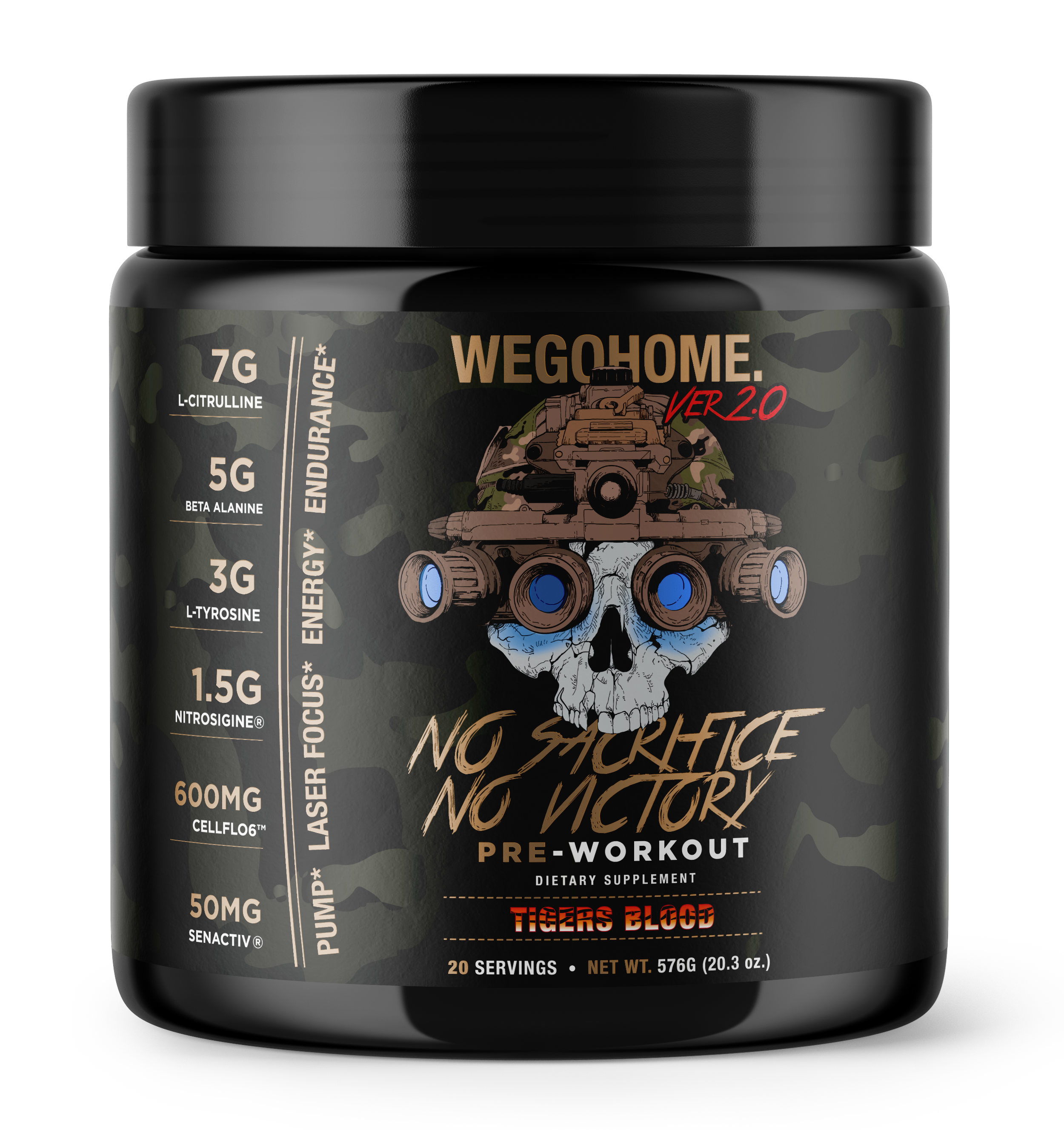
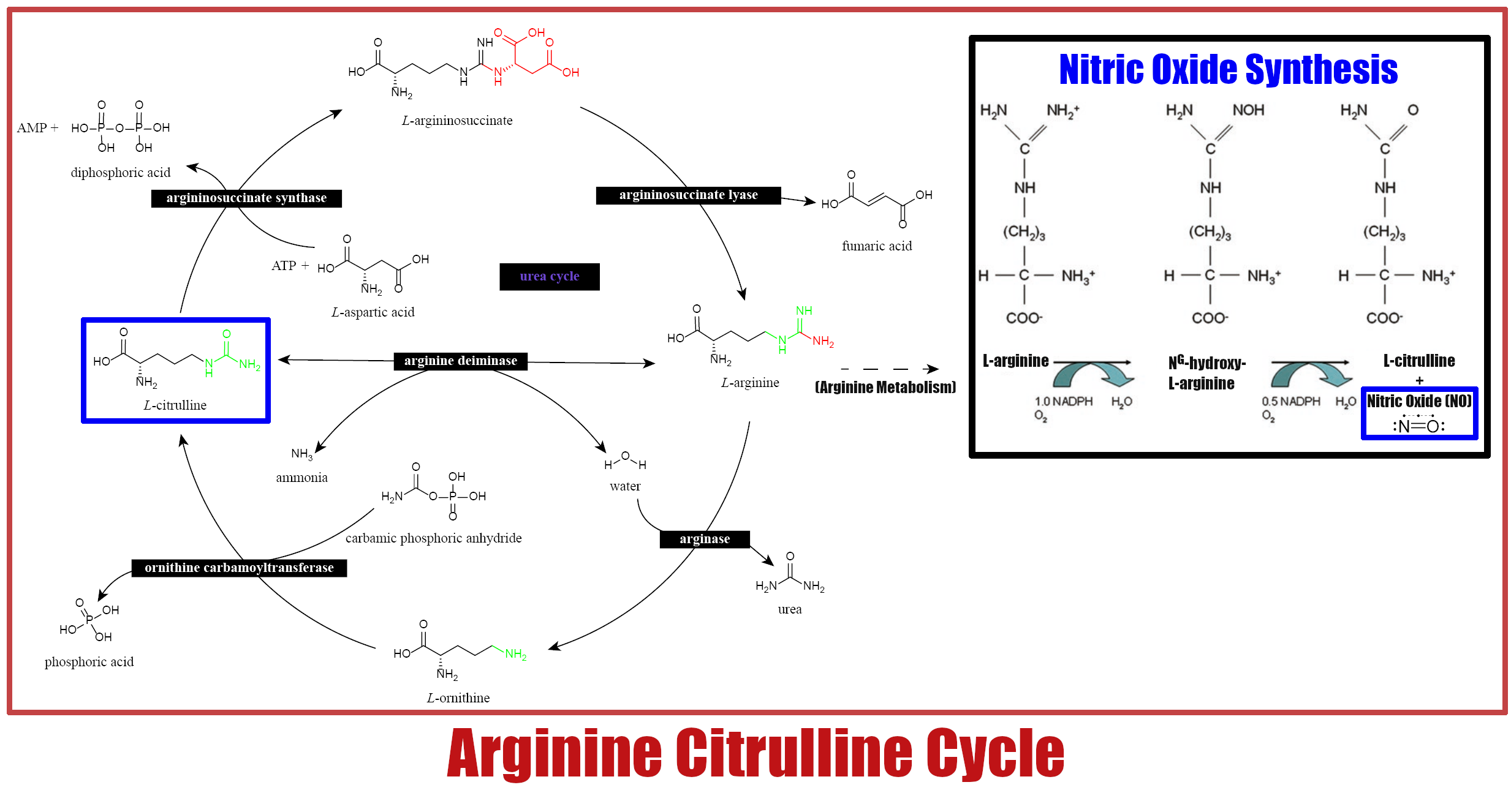
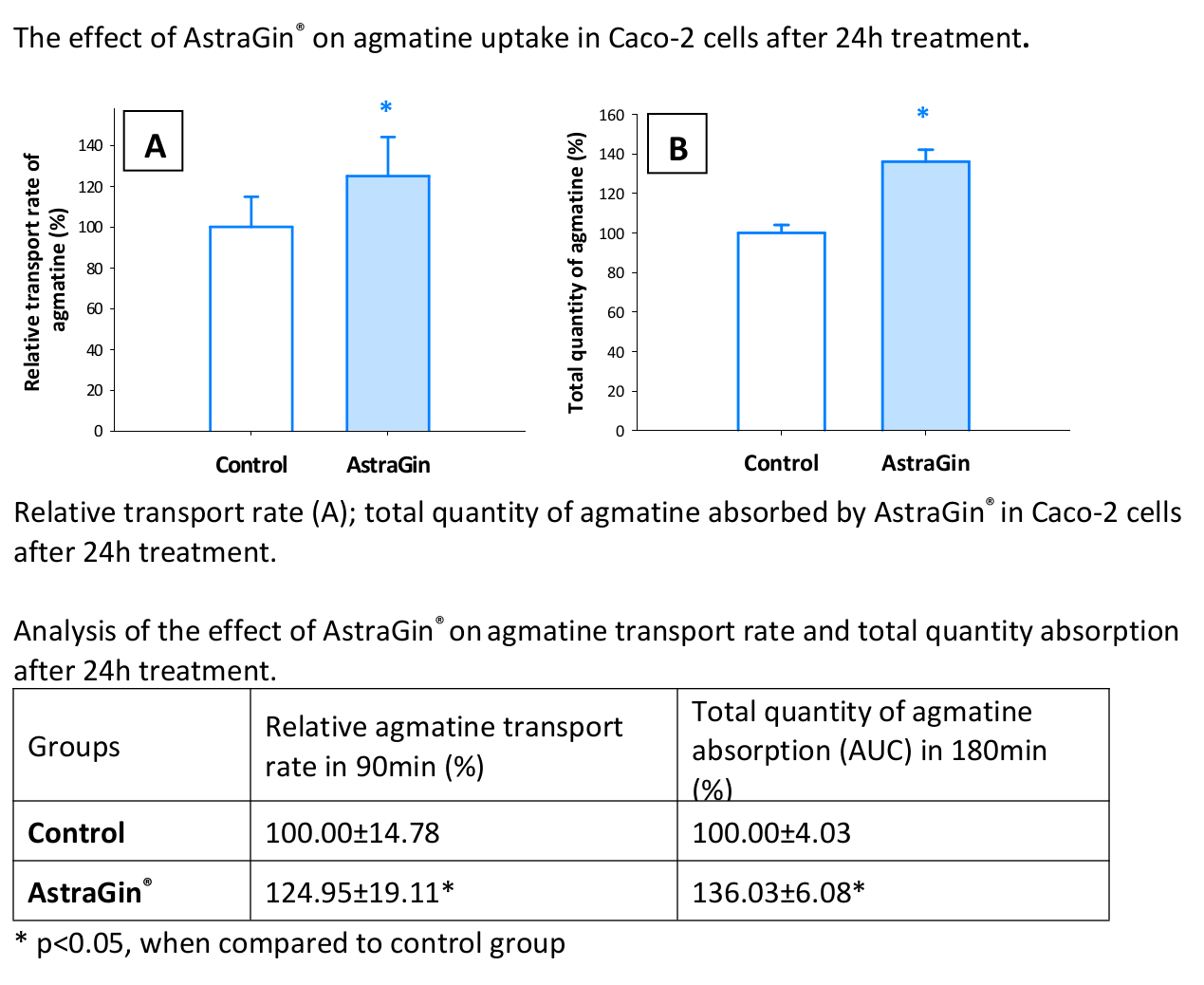
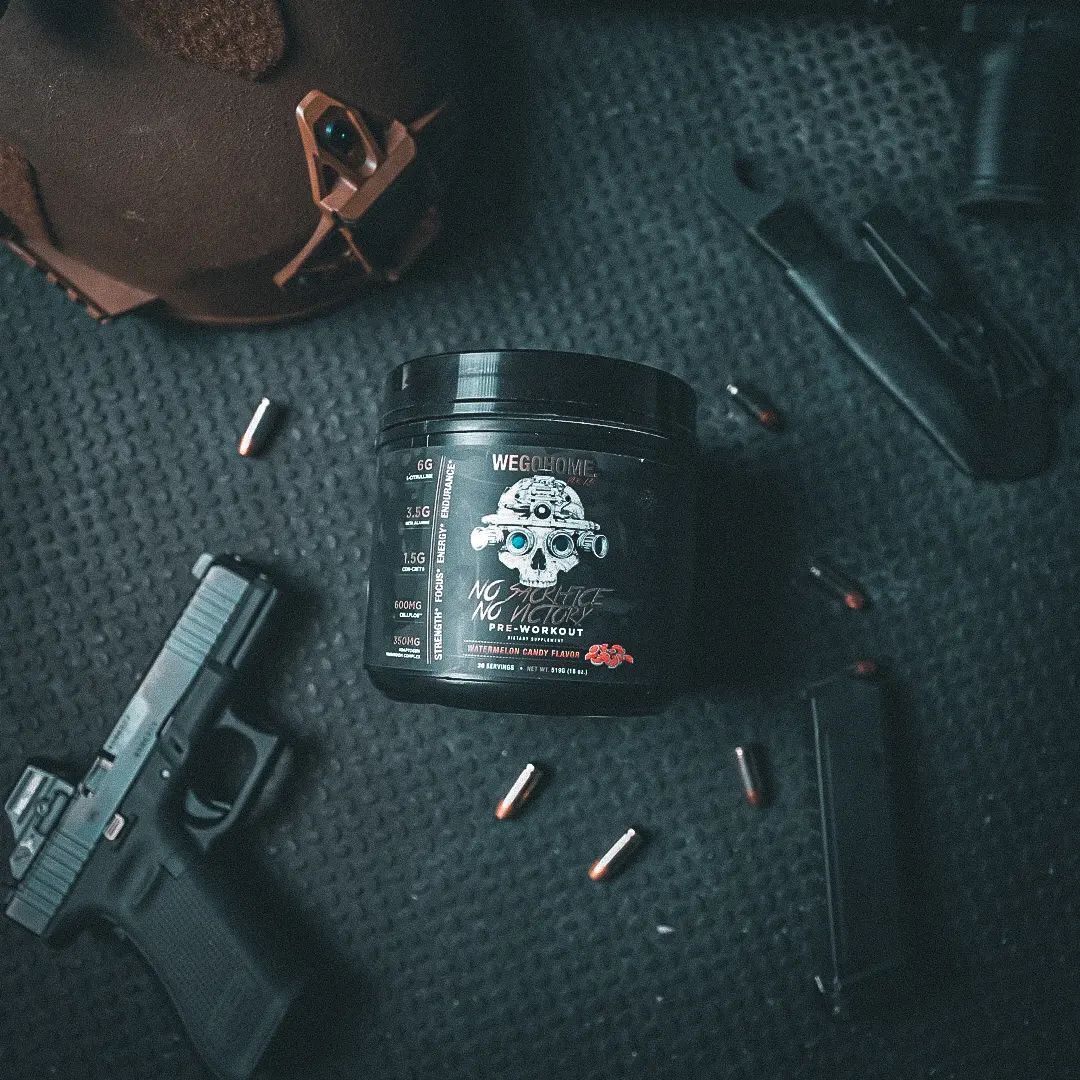
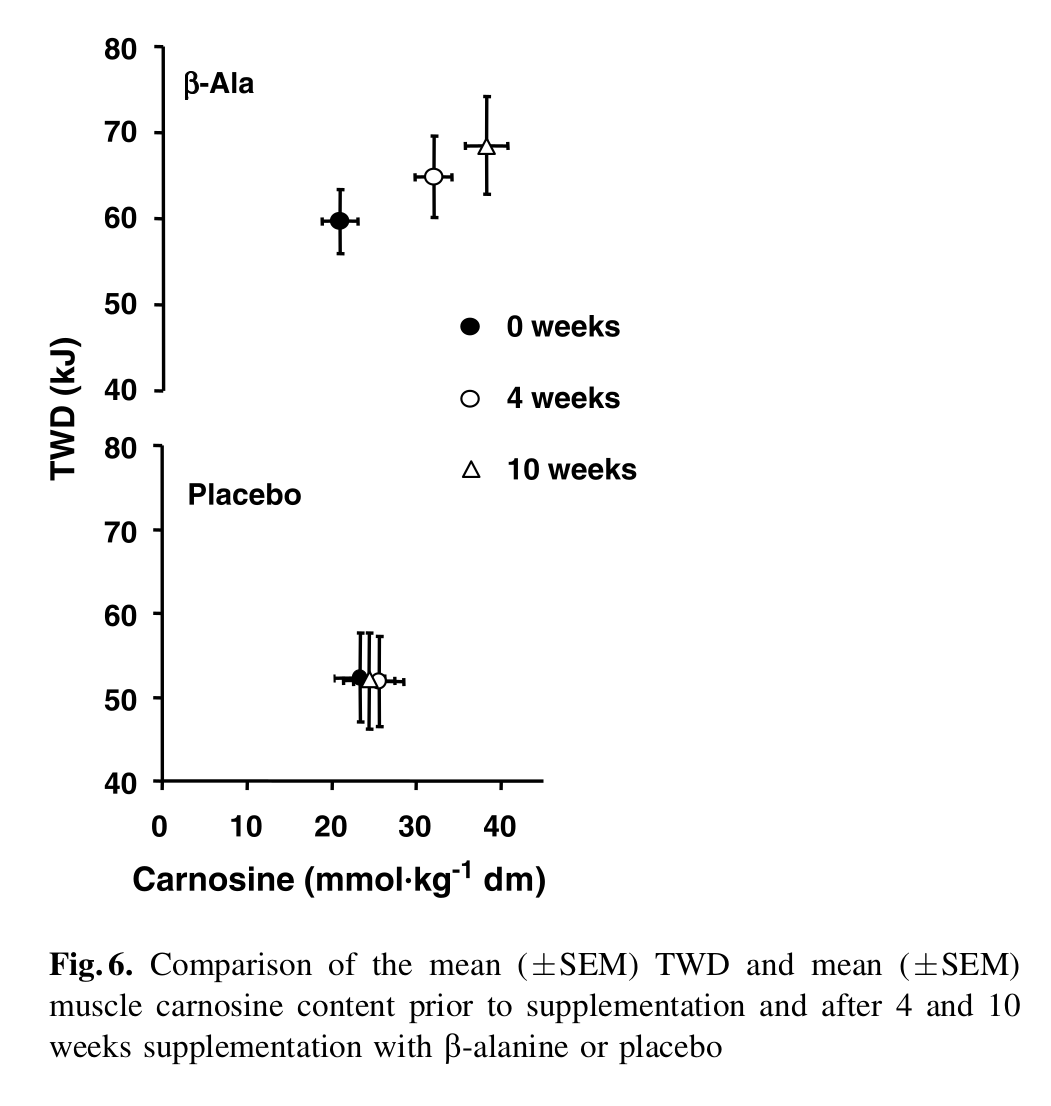
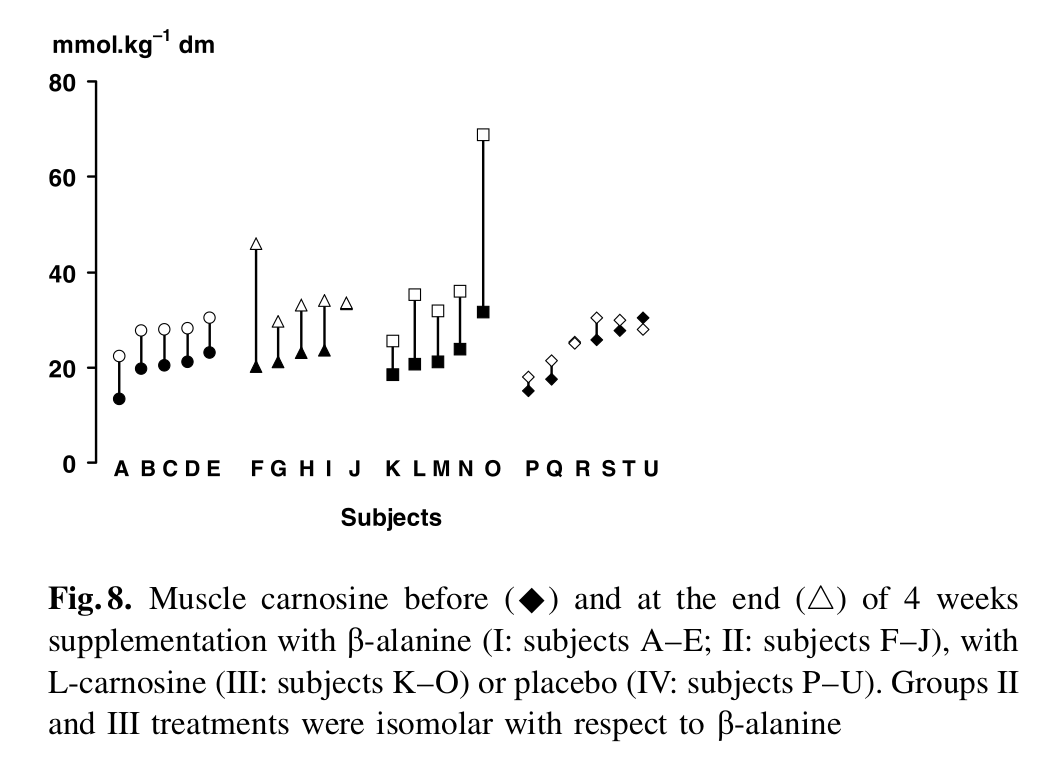


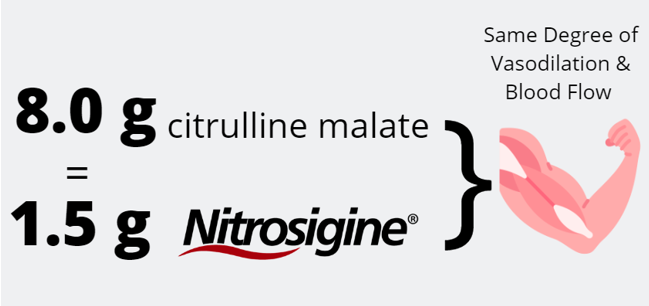
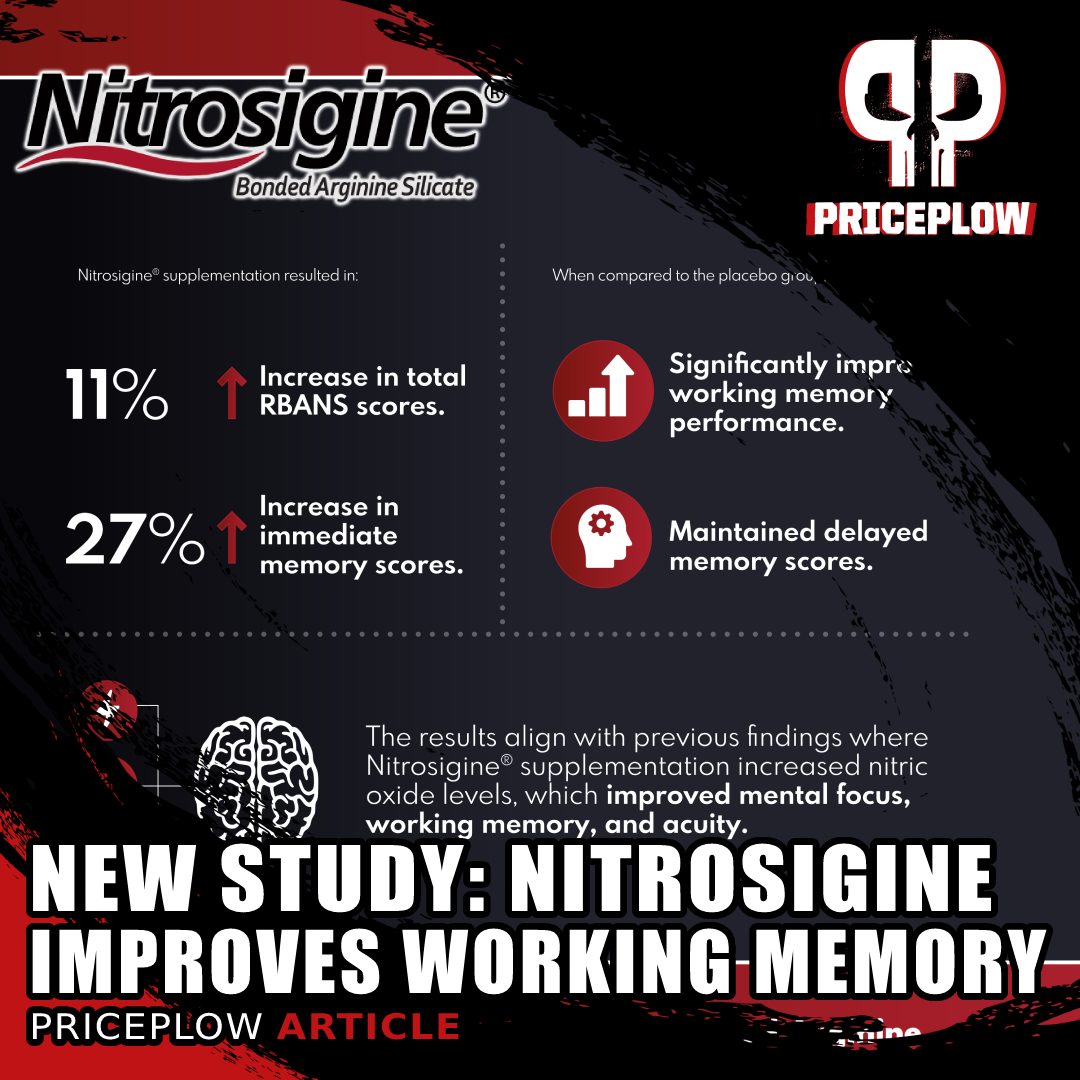

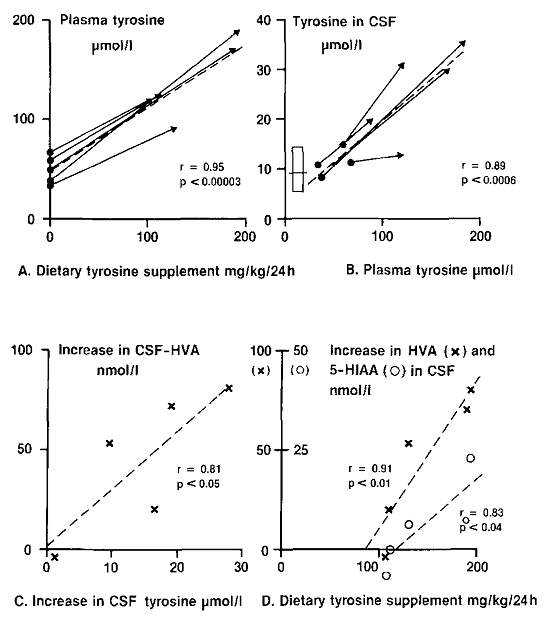
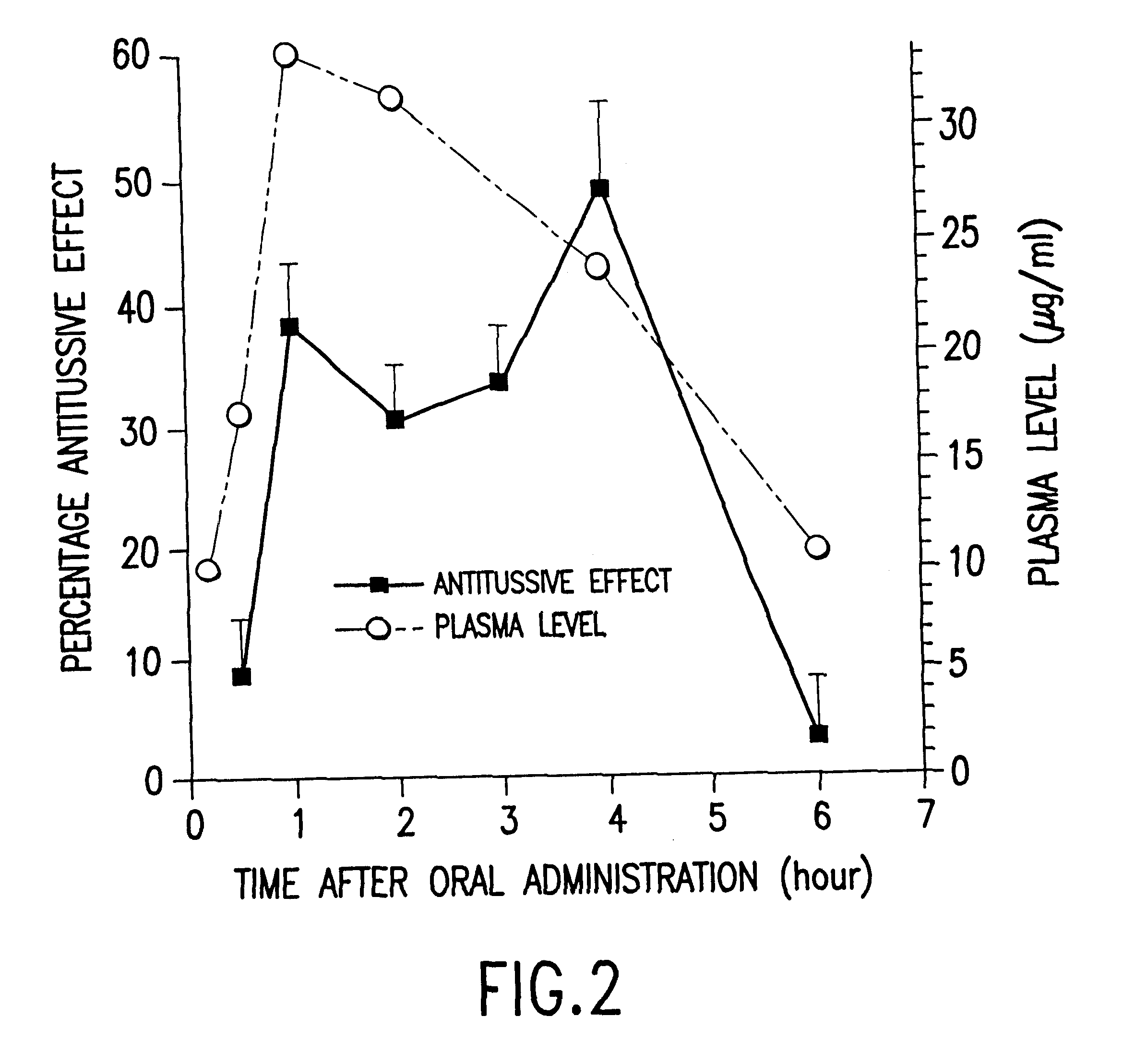

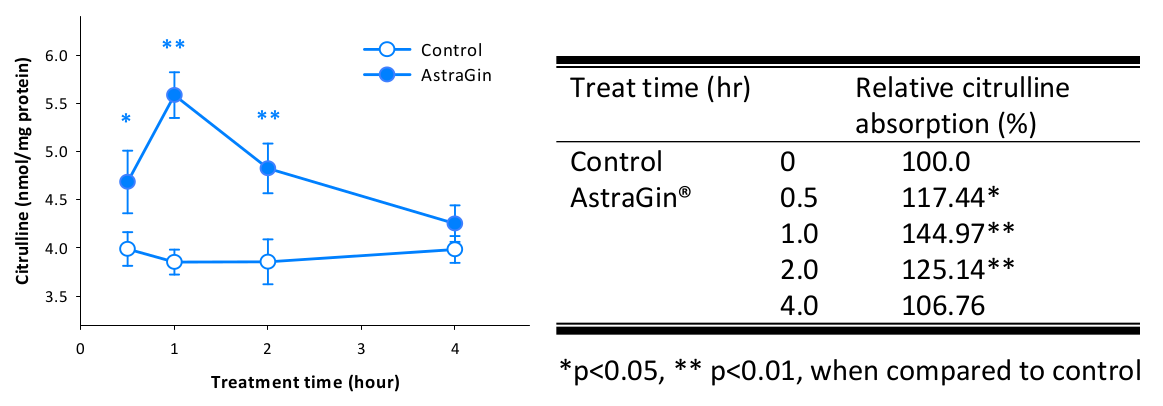

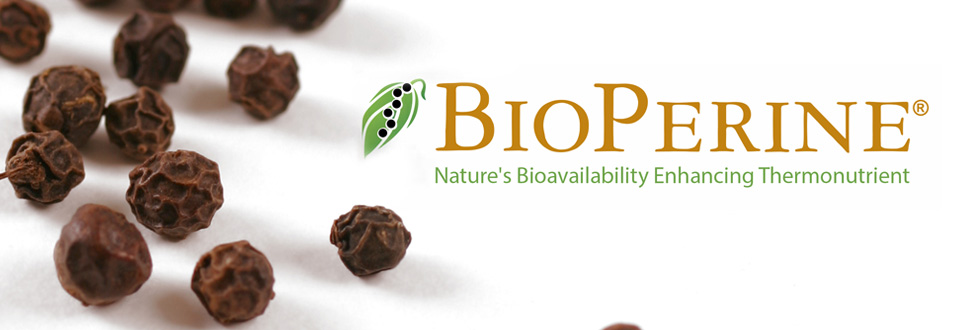




Comments and Discussion (Powered by the PricePlow Forum)